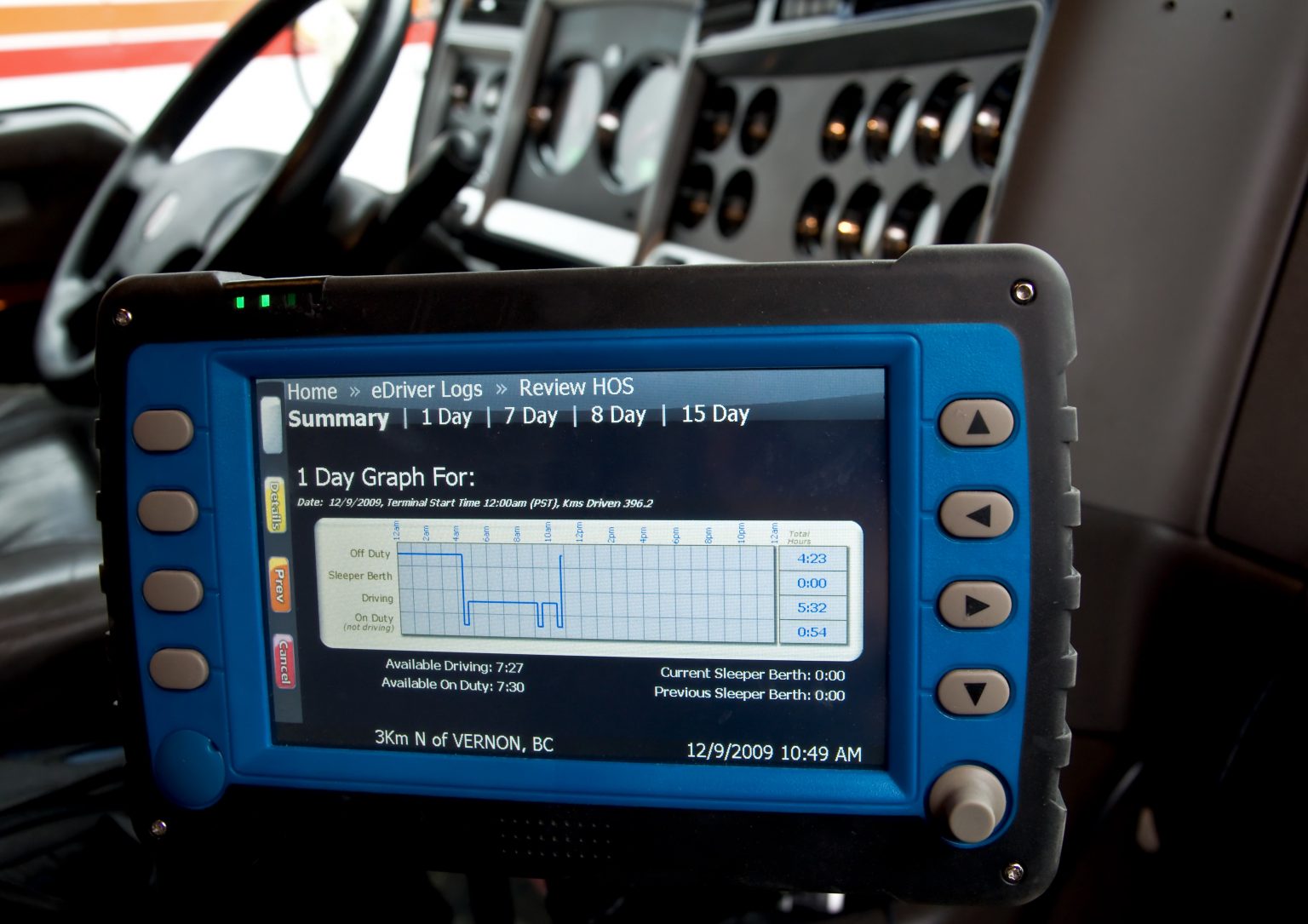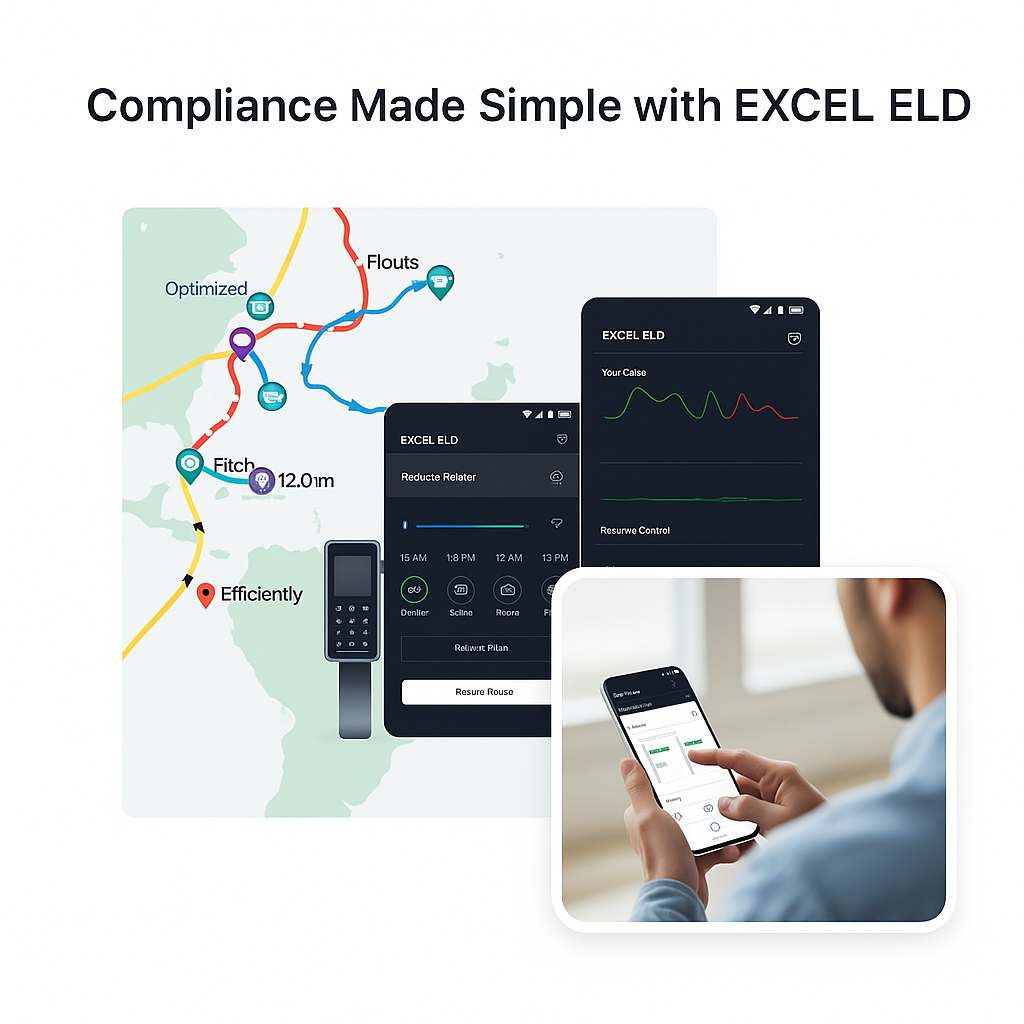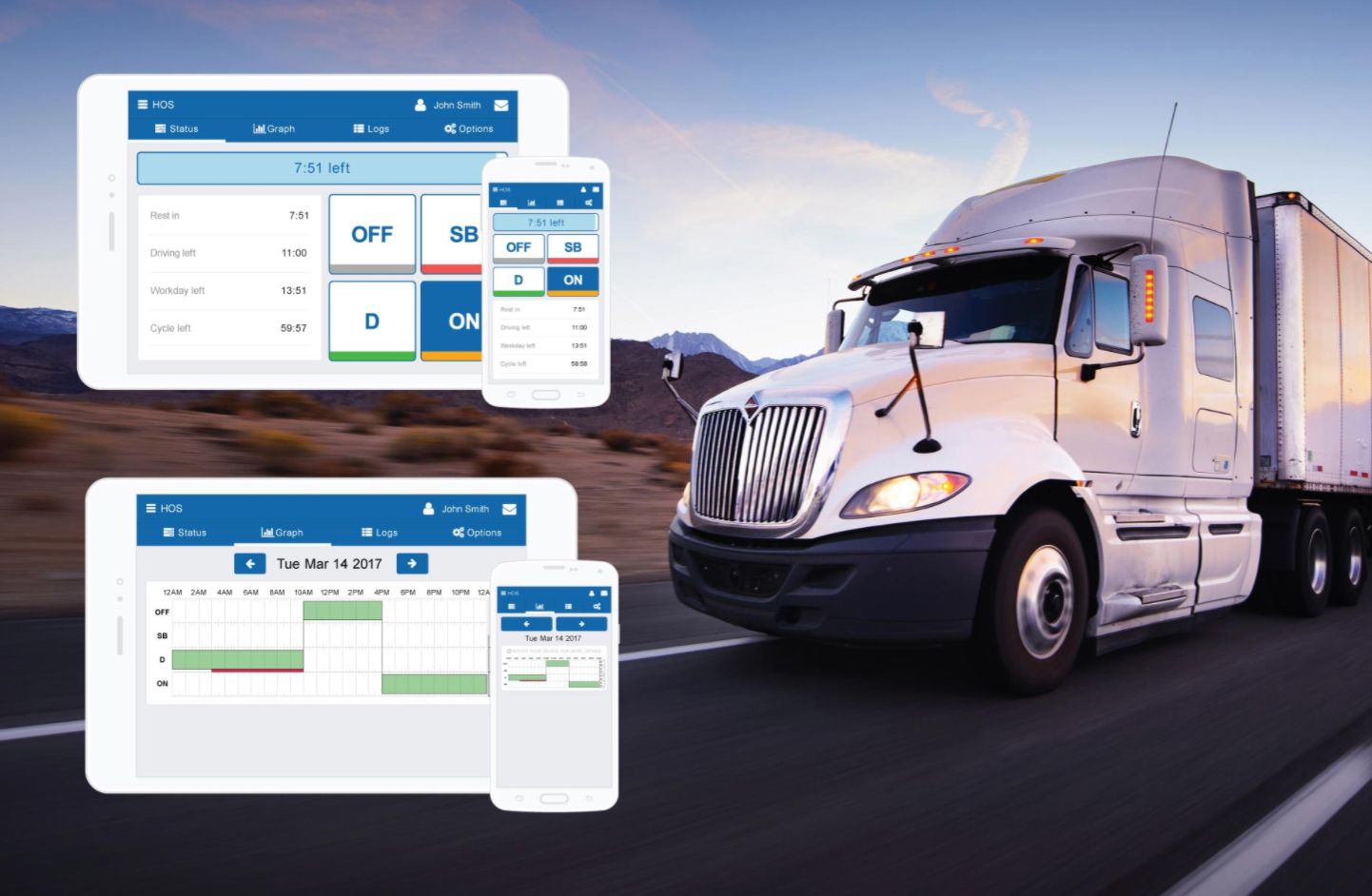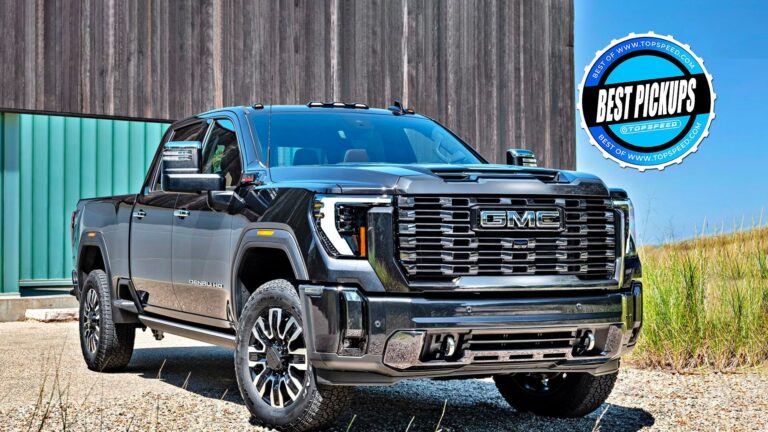ELD For Trucks For Sale: Navigating Compliance and Efficiency in the Modern Trucking Landscape
ELD For Trucks For Sale: Navigating Compliance and Efficiency in the Modern Trucking Landscape cars.truckstrend.com
In the dynamic world of commercial trucking, compliance with federal regulations is not just a legal necessity but a cornerstone of efficient and profitable operations. Among the most significant mandates impacting the industry is the Electronic Logging Device (ELD) rule, enforced by the Federal Motor Carrier Safety Administration (FMCSA). The phrase "ELD For Trucks For Sale" might initially suggest a literal market for trucks that are themselves ELDs, but in reality, it points to a critical consideration for anyone buying, selling, or operating commercial motor vehicles (CMVs): the absolute necessity of having a compliant ELD system onboard.
This comprehensive guide delves into the world of ELDs, exploring why they are indispensable for modern trucking, what to consider when acquiring one for your truck(s), and how to leverage these devices for operational excellence. Whether you’re a new owner-operator scouting for your first rig, an established fleet manager upgrading your vehicles, or a seller preparing a truck for market, understanding ELD compliance is paramount.
ELD For Trucks For Sale: Navigating Compliance and Efficiency in the Modern Trucking Landscape
Understanding ELD Compliance: A Prerequisite for Modern Trucking
At its core, an ELD is a piece of technology designed to automatically record a commercial driver’s Hours of Service (HOS) – essentially, their driving time and duty status. This mandate, which came into full effect in December 2017 (with a full enforcement deadline in April 2018), replaced paper logbooks with a digital, tamper-resistant record-keeping system.
What is an ELD?
An ELD typically consists of a hardware device connected to the truck’s engine control module (ECM) and a software application, often running on a tablet or smartphone. It records data points such as engine on/off, vehicle movement, miles driven, and location information. Drivers use the accompanying app to log their duty status (driving, on-duty not driving, sleeper berth, off-duty).
The ELD Mandate (FMCSA Regulations)
The FMCSA ELD mandate applies to most commercial drivers who are required to prepare HOS records. This generally includes drivers of CMVs involved in interstate commerce, weighing 10,001 pounds or more, or transporting hazardous materials. The primary goal is to improve road safety by ensuring drivers adhere to HOS limits, reducing fatigue-related accidents. Non-compliance can lead to hefty fines, out-of-service orders, and negative impacts on a carrier’s Compliance, Safety, Accountability (CSA) scores.
Why Compliance is Non-Negotiable
For any truck that is "for sale" and intended for commercial operation, ELD compliance is not optional. A truck without a compliant ELD system, or one that cannot be easily outfitted with one, is essentially unusable for its intended purpose, severely limiting its market value and utility. Furthermore, a history of non-compliance can tarnish a carrier’s reputation and lead to increased scrutiny from regulatory bodies.

The Importance of ELDs When Buying or Selling Trucks
The presence and functionality of an ELD system significantly impact the transaction when a truck is changing hands.
For Buyers: What to Look For
When purchasing a truck, especially a pre-owned one, it’s crucial to consider its ELD status:
- Pre-installed ELD Systems: If a truck comes with an ELD already installed, inquire about its brand, model, and current subscription status. Is it FMCSA-certified? Can the account be easily transferred or will you need to set up a new one? Verify its functionality and ensure it meets your operational needs.
- Compatibility: If the truck doesn’t have an ELD, research which systems are compatible with its make, model, and year. Most modern ELDs are plug-and-play with standard diagnostic ports (J1939, J1708), but it’s always good to confirm.
- Compliance History: While ELD data is driver-specific, understanding a truck’s maintenance history and previous operational environment can provide clues about its suitability for continuous ELD operation.

For Sellers: Ensuring Your Truck is ELD-Ready
Preparing a truck for sale means ensuring it’s ready for immediate commercial operation. This includes addressing its ELD readiness:
- Highlighting ELD-Readiness: If your truck is already equipped with a reputable, FMCSA-certified ELD, highlight this as a selling point. It adds value by saving the buyer time and effort in system acquisition and installation.
- Removing Personal Data: If an ELD is staying with the truck, ensure all personal driver data and company-specific information are securely wiped or transferred before the sale.
- Guidance on Transferability: Be prepared to advise buyers on how to transition the ELD system to their own account or what steps they’ll need to take to install a new one.
Types of ELD Systems for Trucks
ELD systems come in various configurations, each with its own advantages:
- Hardware vs. Software-based: All ELDs have a hardware component that connects to the ECM. However, some providers offer dedicated in-cab hardware units (e.g., tablets supplied by the vendor), while others utilize a "Bring Your Own Device" (BYOD) model, where drivers use their own smartphones or tablets to run the ELD application.
- BYOD (Bring Your Own Device): This option can be cost-effective as it eliminates the need to purchase dedicated hardware. However, it relies on drivers having compatible and reliable personal devices, and data plans.
- Dedicated Devices: These are robust, purpose-built devices designed for the harsh trucking environment. They often come with pre-installed SIM cards and are less prone to driver-related issues with personal devices.
- Basic vs. Advanced Features: While all ELDs must meet minimum FMCSA requirements, many offer advanced features beyond HOS logging, such as:
- GPS Tracking: Real-time location monitoring for dispatch and security.
- IFTA Reporting: Automated calculation of fuel tax data, simplifying compliance.
- DVIR (Driver Vehicle Inspection Report): Digital pre-trip and post-trip inspections.
- Vehicle Diagnostics: Monitoring engine fault codes, fuel efficiency, and maintenance alerts.
- Dash Cams Integration: For accident reconstruction and driver coaching.
- Geofencing, Idling Reports, Driver Scorecards: For comprehensive fleet management.
Key Considerations When Acquiring an ELD System
Choosing the right ELD system for your truck(s) requires careful evaluation:
- FMCSA Compliance: This is non-negotiable. Always verify that the ELD is on the FMCSA’s list of registered devices. Be wary of providers not on this list.
- Features & Functionality: Align the ELD’s capabilities with your operational needs. Do you need basic HOS, or advanced fleet management tools?
- Ease of Use & Driver Adoption: A complex or frustrating ELD system can lead to driver resistance and errors. Look for intuitive interfaces and good user support.
- Reliability & Support: Downtime due to ELD issues can be costly. Choose a provider with a reputation for reliable hardware/software and responsive customer support.
- Integration Capabilities: Can the ELD integrate with other software you use, such as dispatch, payroll, or maintenance platforms?
- Cost Structure: Understand the total cost of ownership, including initial hardware purchase (if applicable), monthly subscription fees, installation costs, and any additional charges for premium features.
How to Choose and Implement the Right ELD for Your Truck(s)
- Assess Your Needs: Determine the size of your fleet, types of operations (long-haul, local, specialized), budget, and desired features beyond basic compliance.
- Research Reputable Providers: Look at well-established companies with a proven track record. Read reviews from other truckers and fleet managers.
- Compare Features and Pricing: Create a comparison chart of several top contenders. Pay close attention to what’s included in the base subscription and what costs extra.
- Understand the Subscription Model: Most ELDs operate on a monthly or annual subscription per truck. Factor this into your ongoing operational costs.
- Request Demos or Trial Periods: Many providers offer trials. This is invaluable for testing the system in real-world conditions and getting driver feedback.
- Plan for Installation and Training: While many ELDs are DIY installable, ensure your drivers receive adequate training on how to use the device and the associated app correctly.
Benefits of a Compliant and Efficient ELD System
Beyond avoiding penalties, a good ELD system offers numerous operational advantages:
- Improved HOS Compliance & Safety: Automatically tracks driving time, reducing the risk of HOS violations and promoting safer driving practices by preventing fatigued driving.
- Reduced Administrative Burden: Eliminates manual logbook errors and streamlines record-keeping, freeing up time for drivers and administrative staff.
- Enhanced Fleet Management: Provides real-time visibility into vehicle location, status, and driver availability, enabling better dispatching and route optimization.
- Fuel Efficiency Monitoring: Advanced ELDs can track idling time, hard braking, and rapid acceleration, helping identify areas for fuel savings.
- Reduced Risk of Fines and Penalties: Consistent compliance significantly lowers the likelihood of costly violations during roadside inspections.
- Potential for Lower Insurance Premiums: Some insurance providers offer discounts to fleets demonstrating strong safety records and HOS compliance, often facilitated by ELD data.
- Streamlined Audits: Digital records are easily accessible and verifiable, simplifying DOT audits.
Challenges and Solutions in ELD Implementation
While beneficial, ELDs can present challenges:
- Driver Resistance/Training: Some drivers may initially resist the change from paper logs. Solution: Provide thorough training, highlight the benefits (e.g., less paperwork, easier roadside inspections), and address concerns empathetically.
- Connectivity Issues: Remote areas may have poor cellular coverage, affecting data transmission. Solution: Choose ELDs with robust offline capabilities that store data and upload when connectivity is restored.
- Data Security Concerns: Drivers and companies worry about data privacy. Solution: Select providers with strong data encryption and security protocols, and ensure you understand their data retention policies.
- Cost Management: Initial setup and ongoing subscriptions can be significant. Solution: Carefully budget, compare pricing plans, and consider the long-term ROI from efficiency gains and avoided fines.
- Ensuring Ongoing Compliance: Regulations can change, and system updates are common. Solution: Stay informed about FMCSA updates, ensure your ELD provider offers timely software updates, and conduct regular internal audits.
ELD System Price Guide for Trucks
The cost of an ELD system varies significantly based on features, hardware type, and provider. Here’s an illustrative price table:
| Component / Service | Description | Typical Price Range (USD) | Notes |
|---|---|---|---|
| Hardware | |||
| ELD Device (BYOD) | Adapter that plugs into ECM, connects to driver’s smartphone/tablet via BT. | $150 – $400 (one-time) | Requires driver’s own device and data plan. Most common and cost-effective. |
| Dedicated Tablet/Hub | Proprietary tablet/device provided by ELD vendor. | $300 – $800 (one-time) | More robust, often includes cellular connectivity. May come with a long-term contract. |
| Installation | Professional installation (if not DIY). | $50 – $150 (per truck) | Most basic ELDs are plug-and-play. Complex systems might require professional help. |
| Software/Service | |||
| Monthly Subscription | Per-truck recurring fee for ELD software access, data plan, and support. | $20 – $60 (per month) | Varies based on features included (basic HOS vs. full fleet management suite). Discounts for annual. |
| Premium Features | Add-ons like IFTA reporting, advanced diagnostics, dash cam integration. | $5 – $20 (per month/feature) | Often tiered plans with increasing cost for more features. |
| Total Estimated Initial Cost (per truck) | Includes hardware (BYOD) + 1st month subscription. | $170 – $460 | |
| Total Estimated Annual Cost (per truck) | Includes 12 months subscription + hardware (if bought annually). | $240 – $720+ | Excludes one-time hardware cost if already purchased. |
Note: Prices are estimates and can vary widely based on vendor, promotions, contract length, and specific features selected. Always get a detailed quote from potential providers.
Frequently Asked Questions (FAQ) about ELDs for Trucks
Q1: Do all trucks need an ELD?
A1: Not all. The mandate applies to most commercial drivers who are required to prepare HOS records, typically those operating vehicles weighing 10,001 pounds or more, or transporting hazardous materials, or operating vehicles designed to transport 9 or more passengers for compensation. There are limited exemptions (e.g., short-haul operations, driveaway/towaway operations, vehicles older than model year 2000).
Q2: Can I use my smartphone or tablet as an ELD?
A2: Yes, many ELD providers offer "Bring Your Own Device" (BYOD) solutions where a small hardware device plugs into the truck’s diagnostic port, and drivers use a compatible app on their smartphone or tablet to log HOS.
Q3: What are the common ELD violations?
A3: Common violations include not having a compliant ELD, failing to properly transfer data, driving with an unassigned log, exceeding HOS limits, and tampering with the ELD.
Q4: How long do I need to keep ELD records?
A4: Motor carriers must retain ELD records and supporting documents for at least six months.
Q5: What happens if my ELD malfunctions?
A5: If an ELD malfunctions, the driver must note the malfunction and reconstruct the current day’s and previous 7 days’ HOS records on paper logs or a different system, and continue to use paper logs until the ELD is repaired or replaced (within 8 days or less). The carrier must take steps to repair or replace the ELD.
Conclusion: Navigating the Road Ahead with Confidence
The concept of "Eld For Trucks For Sale" underscores a fundamental truth in today’s trucking industry: an ELD is no longer an optional accessory but an integral part of a compliant and efficient commercial vehicle. For buyers, understanding ELD compatibility and compliance status is as crucial as checking the engine. For sellers, presenting a truck that is ELD-ready adds significant value.
By choosing a reputable, FMCSA-certified ELD system that aligns with your operational needs and budget, you not only ensure compliance and avoid costly penalties but also unlock a wealth of data and tools to enhance safety, improve efficiency, and ultimately drive profitability. The road ahead for trucking is increasingly digital, and embracing ELD technology is key to navigating it with confidence and success.





